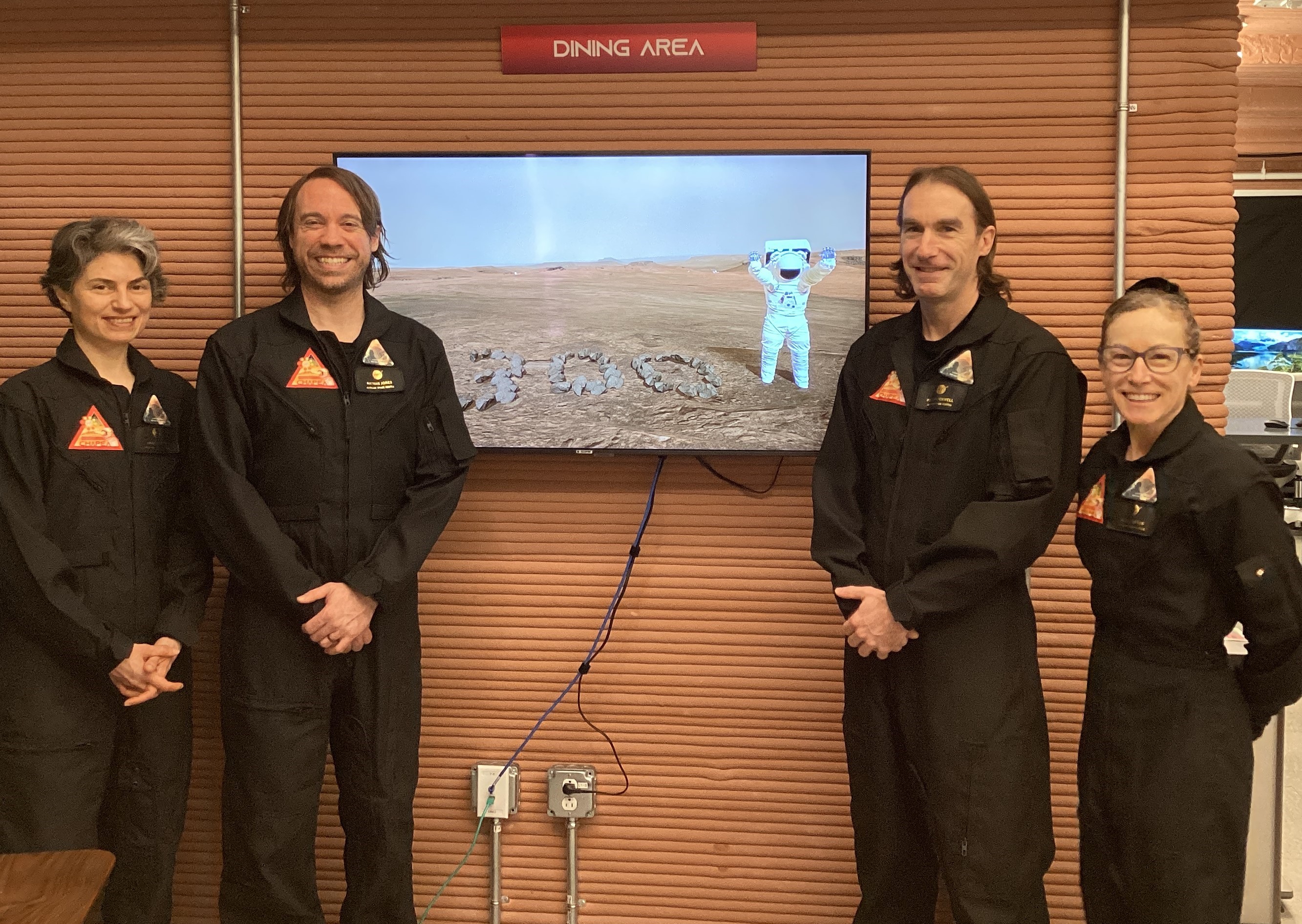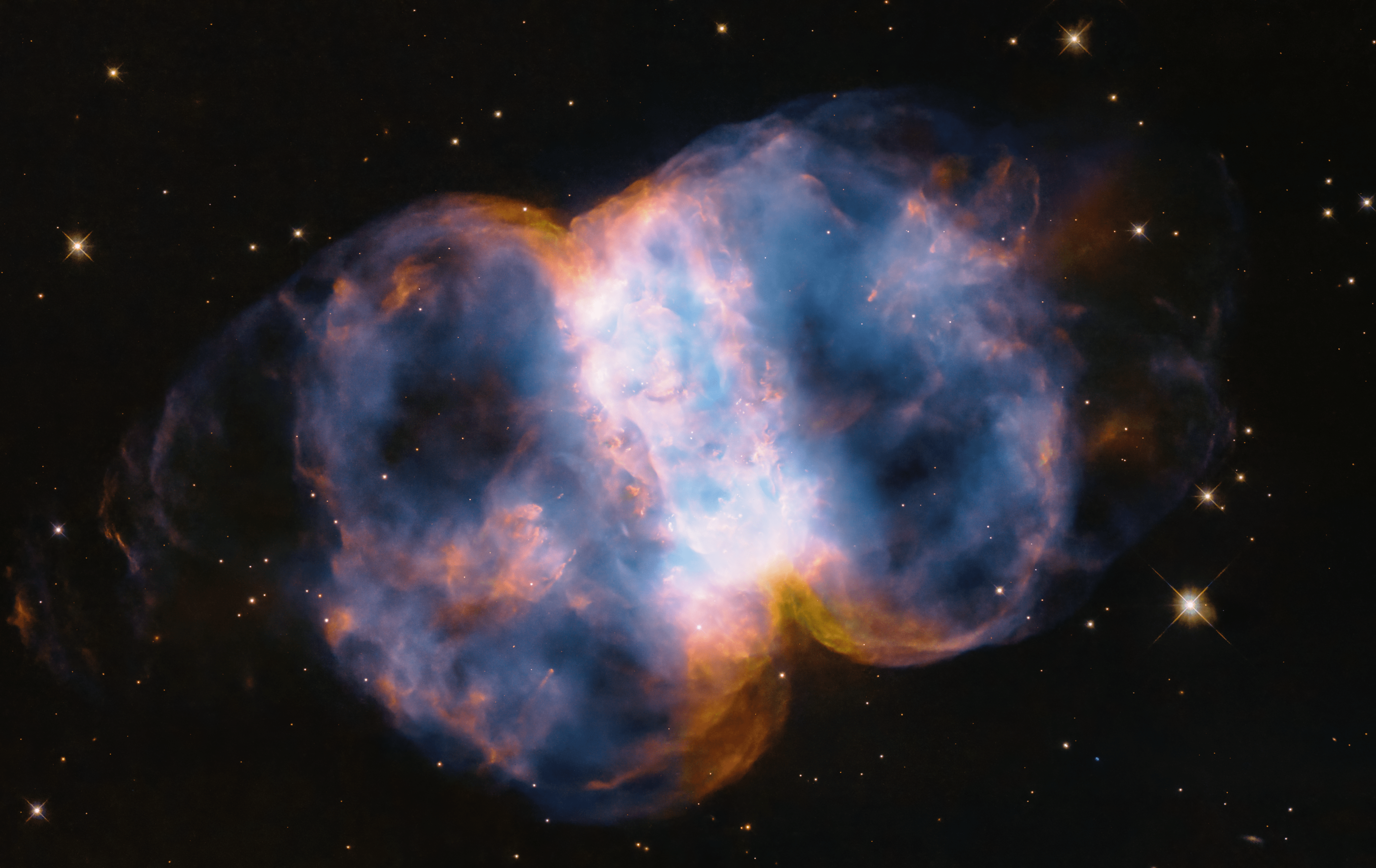Pioneer 4
Type
Launch
Target
Objective
Pioneer 4 was launched by the U.S. to photograph the Moon during a close flyby. It didn't achieve that goal but it did become the first American spacecraft to escape Earth’s gravity and the nation's first probe to enter heliocentric orbit.

What was Pioneer 4?
Pioneer 4 was launched by the U.S. to photograph the Moon during a close flyby. It didn’t achieve that goal but it did become the first American spacecraft to escape Earth’s gravity and the nation's first probe to enter heliocentric orbit.
- Pioneer 4 passed the Moon at a range of about 37,000 miles (60,000 kilometers) instead of the planned 20,000 miles (32,000 kilometers)—not close enough for its imaging scanner to function.
- The spacecraft sent back excellent data about the Van Allen Belts.
Nation | United States of America (USA) |
Objective(s) | Lunar Flyby |
Spacecraft | Pioneer 4 |
Spacecraft Mass | 13 pounds (6.08 kilograms) |
Mission Design and Management | NASA / ABMA / JPL |
Launch Vehicle | Juno 2 (no. AM-14) |
Launch Date and Time | Mar. 3, 1959 / 05:10:56 UT |
Launch Site | Cape Canaveral Air Force Station, Fla. / Launch Complex 5 |
Scientific Instruments |
|
Key Dates
Mar. 3, 1959: Launch
Mar. 4, 1959: Closest approach to the Moon
Mar. 18, 1958: Closest approach to the Sun
In Depth: Pioneer 4
This was the last of five American lunar probes launched as part of a series during the International Geophysical Year, although the year officially ended a few months prior.
Its design was very similar to Pioneer 3, but a key difference was the addition of a monitor to measure the voltage of the main radio transmitter, which had failed for unknown reasons on Pioneer 3.
A mechanism was on board to slow the spin-stabilized vehicle from its initial spin of 480 rpm down to 11 rpm about 11 hours after launch.
Although it did not achieve its primary objective to photograph the Moon during a close flyby, Pioneer 4 became the first U.S. spacecraft to reach Earth escape velocity.
During launch, the Sergeants on the second stage did not cut off on time, causing the azimuths and elevation angles of the trajectory to change.
The spacecraft passed by the Moon at a range of about 37,000 miles (60,000 kilometers) instead of the planned 20,000 miles (32,000 kilometers). This was not close enough for the imaging scanner to function.
The closest approach to the Moon was at 10:24 UT March 4, 1959, about 41 hours after launch.
Pioneer 4's tiny radio transmitted information for 82 hours before contact was lost at a distance of about 407,000 miles (655,000 kilometers) from Earth—the greatest tracking distance for a human-made object to date.
The probe eventually entered heliocentric orbit becoming the first American spacecraft to do so.
Scientists received excellent data from the spacecraft that suggested the intensity of the upper belt of the Van Allen Belts had changed since Pioneer 3 (probably attributable to a recent solar flare) and that there might be a third belt at a higher altitude.
Additional Resources
Key Source
Siddiqi, Asif A. Beyond Earth: A Chronicle of Deep Space Exploration, 1958-2016. NASA History Program Office, 2018.









